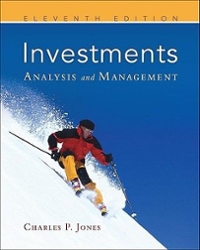[10 MARKS SECTION A-MULTIPLE CHOICE QUESTIONS Answer all questions. Each question carries ONE (1) mark. Choose the best alternative answer. 1. In Ratio Analysis, the term Capital Employed refers to A. Equity Share Capital, B. Net worth, C. Shareholders' Funds, D. None of the above. 2. A Current Ratio of Less than one means A. Current Liabilities Current Assets, C. Current Assets Current Assets. 3. Gross Profit Ratio for a firm remains the same but the Net Profit Ratio is decreasing. The reason for such a situation could be an/a A. Increase in costs of goods sold B. Increase in expenses C. Increase in dividend D. Decrease in sales. 4. Return on assets and return on investment ratios are classified as A. Liquidity ratios. B. Profitability ratios. C. Solvency ratios. D. Turnover 5. A company has the following non-current assets: 2015 2016 Non-current assets at closing net book value P200 000 P250 000 Depreciation for 2016 income statement is P30 000. No disposals were made in the period. What is the correct figure for cash purchases of non-current assets during 2016? A P50 000 BP20 000 C P250 000 D P80 000 6. Organisations often use debt collection agencies because A. Debt collection agencies have more powers than ordinary companies. B. Debt collection agencies can place customers on stop with all other suppliers in the sector. C. Debt collection agencies have a right to seize goods from customer D. Debt collection agencies get results because customers take more notice and are more likely to pay 7. Which one of the following is not an investment ratio? A. Earnings per share B. Price earnings ratio C. Return on equity D. Capital gearing ratio 8. Which of the following are all money market instruments? A. Bills, certificates of deposit and deposits B. Cheques, certificates of deposits, deposits C. Cash, cheques and bills D. Bills, certificates of deposits and cash is a market where financial securities are traded for the first time. 9. A A. Spot market B. Primary market C. Capital market D. Secondary market 10. If a company uses the Economic Order Quantity as the level at which to order, how will they calculate total ordering costs for the year? A. Cost per order x (Annual Demand / EOQ) B. Annual Demand x (Cost per order /EOQ) C. (EOQ / Cost per order) x Holding costs D. Annual demand x EO









